Growing Healthcare Expenditure
The increasing healthcare expenditure in the GCC region is a significant driver for the dyspepsia market. Governments are investing heavily in healthcare infrastructure and services, aiming to improve access to medical care for their populations. As healthcare budgets expand, there is a corresponding rise in the availability of diagnostic and therapeutic options for dyspepsia. Reports indicate that healthcare spending in GCC countries is projected to grow by approximately 10% annually, which could lead to enhanced funding for gastrointestinal health initiatives. This financial commitment is likely to facilitate the introduction of advanced treatment options and improve patient access to care, thereby fostering growth in the dyspepsia market. Additionally, increased public awareness campaigns funded by healthcare authorities may encourage individuals to seek treatment, further driving market demand.
Increasing Prevalence of Dyspepsia
The rising incidence of dyspepsia in the GCC region is a crucial driver for the dyspepsia market. Factors such as dietary habits, lifestyle changes, and increased stress levels contribute to this trend. Recent studies indicate that approximately 25% of the population in GCC countries experiences dyspeptic symptoms, leading to a growing demand for effective treatment options. This prevalence is expected to drive market growth as healthcare providers seek to address the needs of affected individuals. Furthermore, the increasing burden of gastrointestinal disorders is likely to prompt healthcare systems to allocate more resources towards the dyspepsia market, thereby enhancing the availability of medications and therapies. As awareness of dyspepsia continues to grow, it is anticipated that more patients will seek medical advice, further propelling the market forward.
Advancements in Pharmaceutical Research
Innovations in pharmaceutical research are significantly impacting the dyspepsia market. The development of new medications and treatment modalities is expected to enhance patient outcomes and satisfaction. For instance, the introduction of novel proton pump inhibitors and H2-receptor antagonists has revolutionized the management of dyspepsia. The GCC region has seen a surge in clinical trials aimed at evaluating the efficacy of these new treatments, with several products expected to enter the market in the coming years. This influx of innovative therapies is likely to attract investment and stimulate competition among pharmaceutical companies, ultimately benefiting patients. Moreover, the focus on personalized medicine may lead to tailored treatment approaches, further driving the growth of the dyspepsia market as healthcare providers strive to meet the diverse needs of their patients.
Integration of Telemedicine in Healthcare
The integration of telemedicine into healthcare services is emerging as a pivotal driver for the dyspepsia market. Telehealth platforms are facilitating remote consultations, enabling patients to seek medical advice without the need for in-person visits. This trend is particularly relevant in the GCC region, where access to healthcare can be challenging in certain areas. By leveraging telemedicine, healthcare providers can reach a broader patient base, offering timely interventions for dyspepsia. The convenience of virtual consultations may encourage more individuals to seek help for their symptoms, potentially increasing the overall patient population in the dyspepsia market. Furthermore, telemedicine can enhance patient education and follow-up care, leading to improved management of dyspeptic conditions. As technology continues to advance, the role of telemedicine in the dyspepsia market is likely to expand, shaping the future of healthcare delivery.
Rising Demand for Over-the-Counter Solutions
The growing preference for over-the-counter (OTC) medications among consumers is shaping the dyspepsia market. Patients are increasingly seeking accessible and convenient treatment options for their dyspeptic symptoms, leading to a surge in the sales of OTC products. This trend is particularly pronounced in the GCC region, where consumers are becoming more health-conscious and proactive about managing their conditions. Market data suggests that the OTC segment is expected to witness a growth rate of around 15% over the next few years, driven by the availability of a wide range of products. Retail pharmacies and online platforms are capitalizing on this demand by expanding their offerings, making it easier for consumers to obtain necessary medications. As a result, the dyspepsia market is likely to benefit from this shift towards self-medication and increased consumer empowerment.


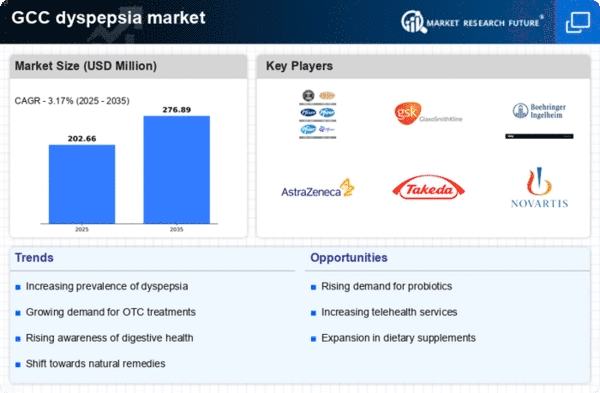
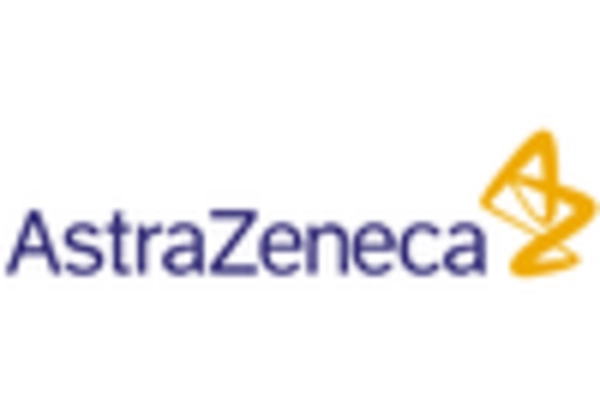
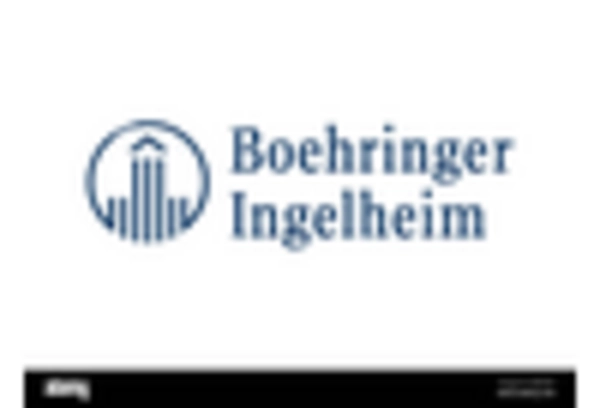
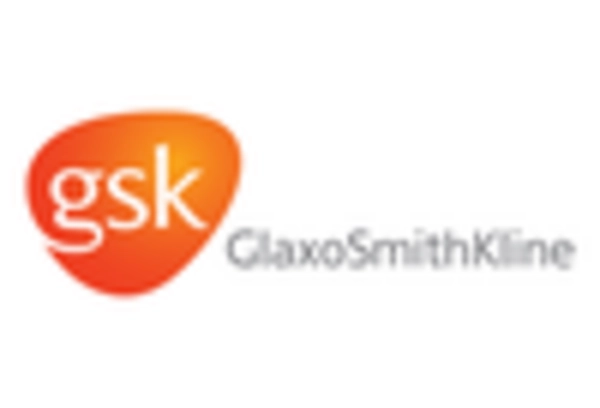
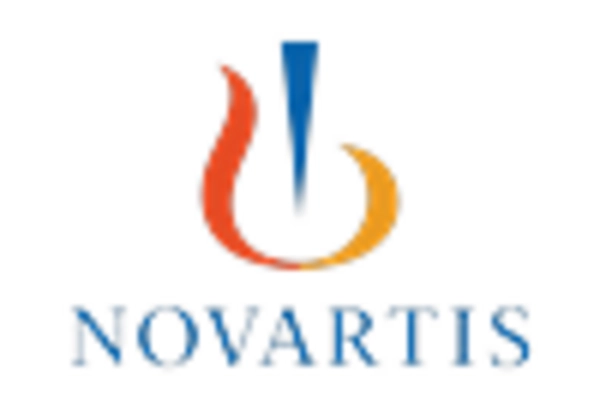
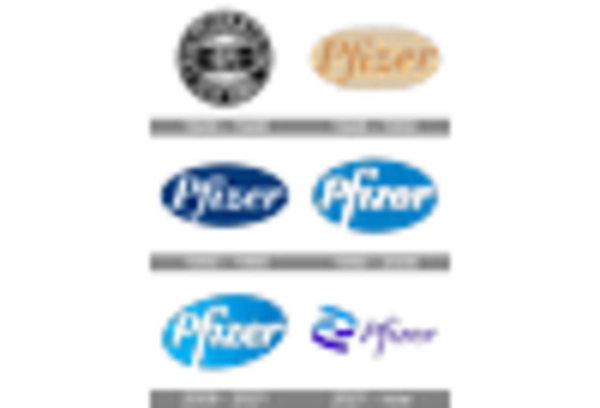









Leave a Comment